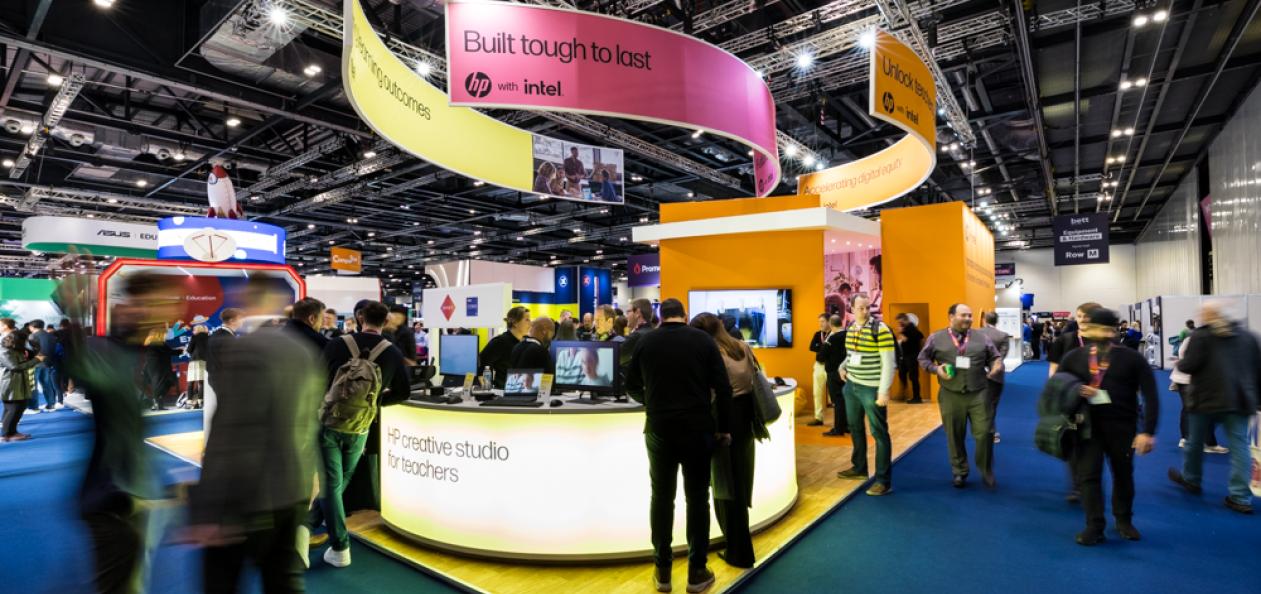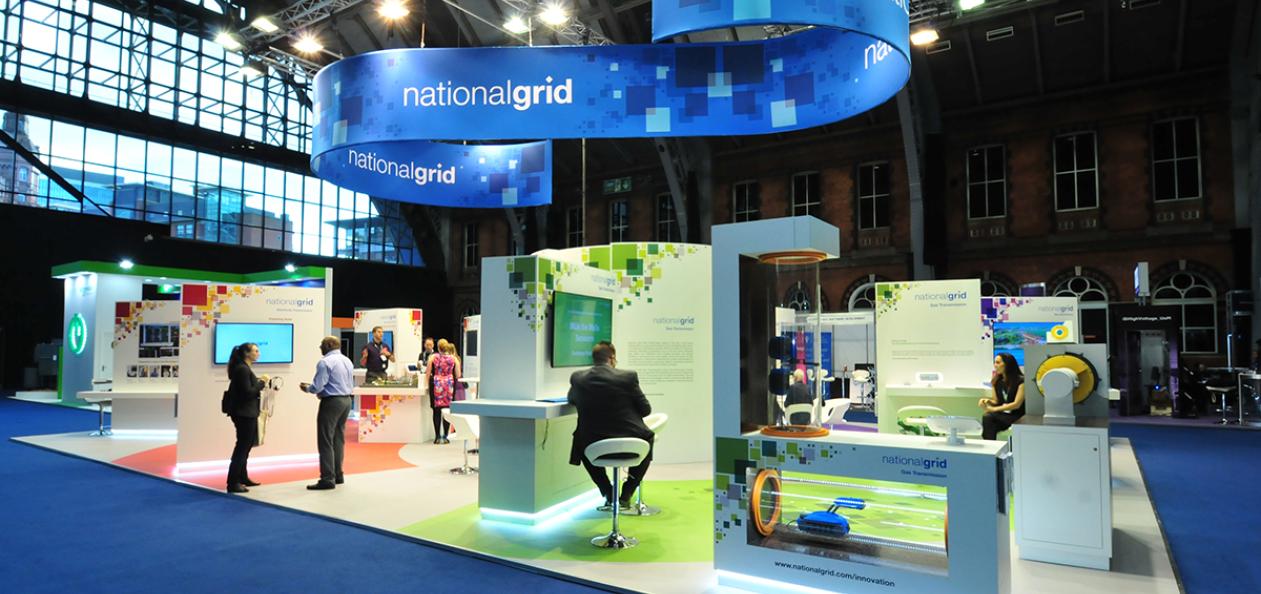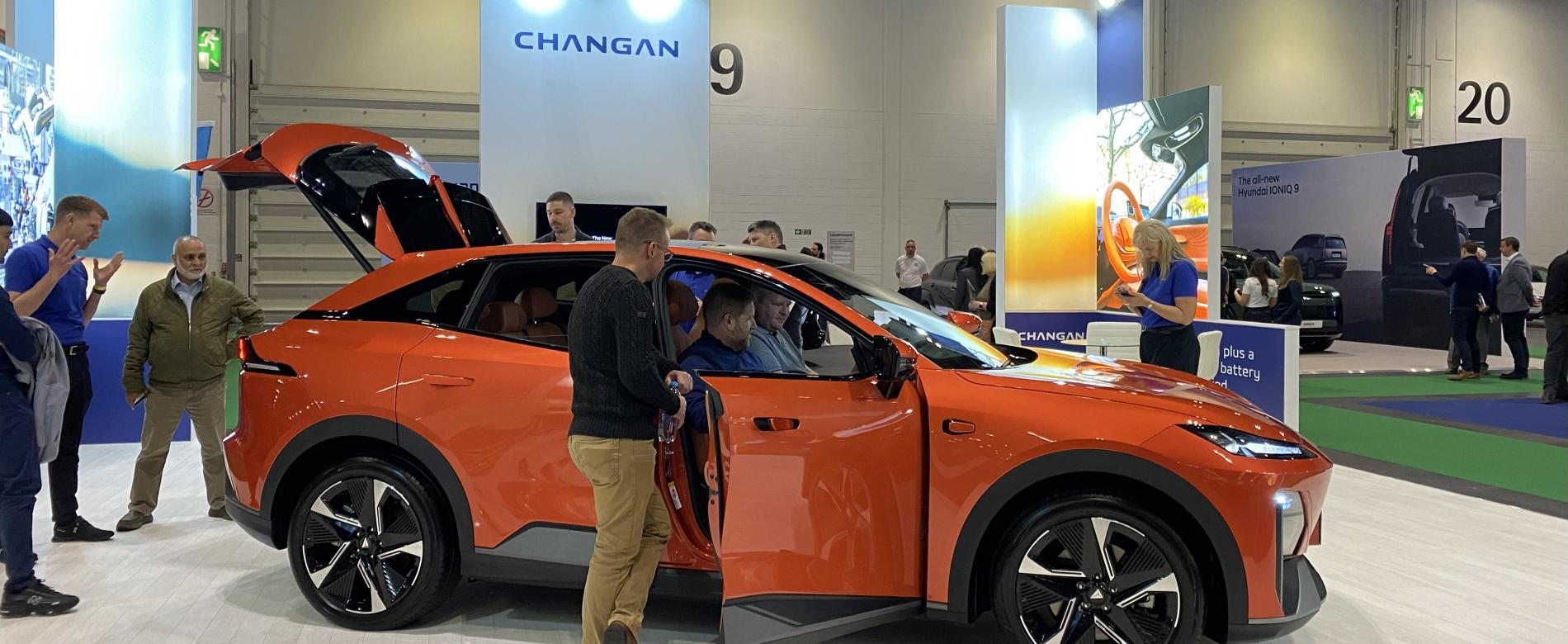From Stands to Strategy
Walk the halls of any major exhibition today and one thing stands out: the best stands no longer look like stands at all. They feel like brand experiences - purposeful, confident and designed to communicate much more than what’s being sold.
Exhibitions have quietly become one of the most strategic tools in brand marketing. Once treated as isolated sales events, they’re now integrated parts of long-term brand building - moments where purpose, innovation and culture are expressed through experience.
The smartest exhibitors no longer measure success purely in leads or footfall. They measure it in reputation, relationships and relevance.
Beyond Footfall: Exhibitions as Brand Strategy Tools
In the past, exhibition planning often started with graphics and giveaways. Today it starts with strategy. Brands are asking bigger questions: What do we want to stand for? and How should that feel in person?
Every design choice - layout, materials, interactivity, tone - now reflects a broader marketing agenda. Exhibitions have become tangible extensions of corporate vision and purpose.
The Defence Procurement, Research, Technology & Exportability (DPRTE) event is the UK’s leading annual gathering for organisations working with the Ministry of Defence and the wider defence supply chain. For exhibitors, it’s less about product display and more about demonstrating capability, reliability and scale within a highly regulated sector. The event is as much about reputation as it is about commerce.
To support that, Service Graphics delivered 43 stands - including new custom builds for brands such as Babcock and Arcadis - ensuring each company’s presence reflected the precision and professionalism expected in this environment.
DPRTE illustrates how exhibitions have evolved from transactional encounters to strategic platforms - places where trust, alignment and partnership are built in real time.
Exhibitions as Launchpads for Innovation
Live events are increasingly used as launch platforms - moments where innovation meets visibility. They combine the reach of digital marketing with the authenticity of face-to-face interaction, creating immediate impact and lasting brand association.
At Everything Electric 2025, Changan Automotive used its exhibition debut to mark its entry into the UK market. Working to a ten-day timeline, Service Graphics delivered a complete activation - from stand design and build to graphics, logistics, vehicle detailing and on-site management. The result was more than a display; it was a statement of intent.
That presence also extended beyond the exhibition hall. Launch coverage and event content reinforced the brand’s arrival across digital and media channels - a clear example of how a live experience can extend broader brand communication.
For emerging or expanding brands, exhibitions like this act as a strategic bridge between product and perception. They show that live experiences can achieve what no press release or online campaign can: immediate trust through tangible engagement.
Sustainability and Purpose as Brand Pillars
Sustainability has become one of the strongest links between brand marketing and exhibition strategy. For many exhibitors, how a stand is built - and what it stands for - now communicates as much about brand integrity as the messages displayed on its walls.
At Sustainability Live, the entire event centred on innovation, responsibility and collaboration. Service Graphics’ stand reflected that spirit by inviting visitors to share their biggest sustainability challenges and hang them on a living bay tree. The installation turned conversation into participation - transforming sustainability from a corporate topic into a shared experience.
That mindset is reshaping design thinking across the sector. Reuse, rental and recyclable structures are no longer seen as constraints but as creative tools that inspire better ideas. At the VM & Display Show 2024, Service Graphics’ own stand embodied that approach - designed entirely in-house using reused modules, recycled cardboard, rented furniture and integrated digital screens. It proved that sustainability and aesthetics can coexist beautifully, demonstrating innovation and accountability in equal measure.
And this focus isn’t confined to sustainability-themed events. Across industries, exhibitors are putting environmental and social responsibility at the centre of their presence - using materials, messaging and experience to show progress, not just talk about it. At the Royal Highland Show, for example, Aldi’s Best of Scotland marquee celebrated local producers and Scottish sourcing, showing how environmental and community values can merge through storytelling and design.
Across all these examples, sustainability has shifted from message to method. Exhibitions now serve as living demonstrations of brand purpose - where responsibility, community and authenticity aren’t just discussed, but experienced.
Culture, People and Brand Alignment
Another important shift is cultural. Exhibitions have become spaces where brands express their internal identity as much as their external message. They bring corporate culture, employee pride and customer engagement together in one environment.
At the Festival of Work 2024, exhibitions focused on collaboration, learning and workplace transformation. For participating brands, the event wasn’t simply about showing services, it was about showing who they are - their values, people and mindset.
The best stands at events like these are now designed from the inside out. They reflect the tone, energy and inclusivity of the teams behind them. Visitors respond to that authenticity because it feels real - and real builds trust.
The Future: Strategy in Three Dimensions
The next evolution of exhibitions will be defined by integration. Live events will no longer sit separately from marketing campaigns; they’ll lead them.
- Hybrid engagement: physical experiences designed to connect with digital audiences.
- Sustainability by design: modularity and reuse as standard practice.
- Data-driven creativity: insights from visitor behaviour shaping future design and messaging.
Exhibitions are becoming the central junction where marketing, communications and corporate responsibility converge. They’re where brands stop talking about their strategy and start showing it.
For marketing leaders, this means thinking differently about investment. The stand isn’t a cost centre - it’s a strategic asset. Every detail, from lighting and layout to material choice, contributes to brand equity.
What It Comes Down To
Exhibitions have always been about visibility. What’s changed is the depth of that visibility - the move from what a brand shows to what a brand stands for.
They remain one of the few marketing channels where people experience authenticity face to face. The challenge for modern brands is to make that moment count - to use it not just to sell, but to signal who they are.
The future of exhibitions lies not in how big the space is, but in how clearly it communicates strategy. The most successful brands will be the ones who plan them as part of their long-term marketing strategy, to build stories, relationships and reputations.
Service Graphics partners with organisations to design exhibition environments that express who they are and what they stand for.

Heading
Read Next...
Exhibiting Smarter: Balancing Budget, Impact and ROI in a Pressurised Market

Heading
Learn More...
Events & Experiences Signage


